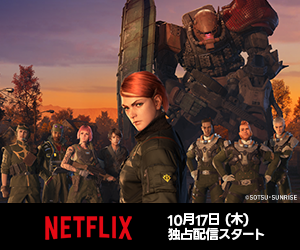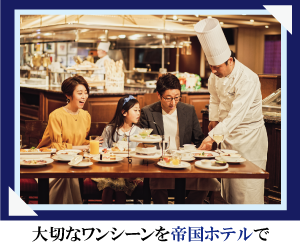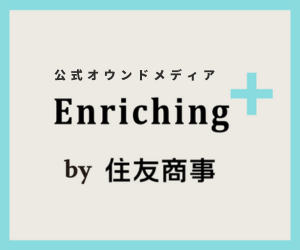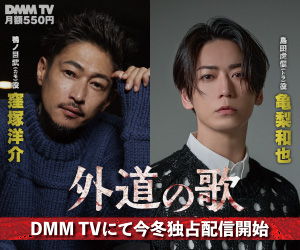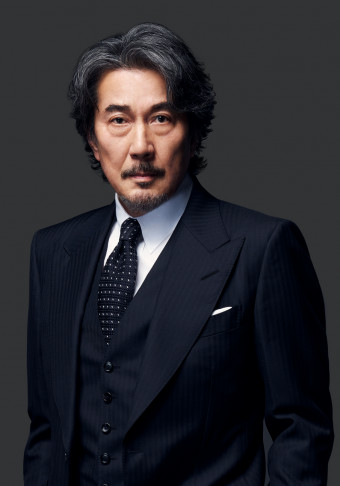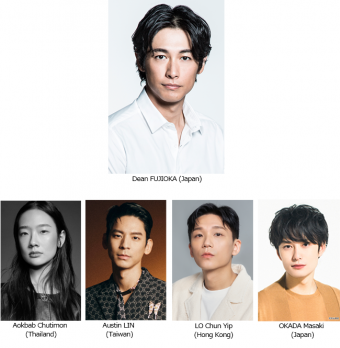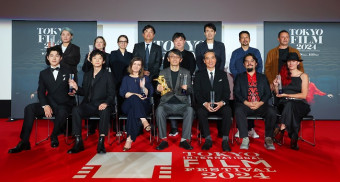
Billed as a Western, Adios Amigo often reminds one of the grimy visual textures of Sergio Leone’s films, and in a late scene, borrows from The Good, the Bad and the Ugly with a tableau that’s usually referred to as a “Mexican standoff.” During a post-screening Q&A session on November 4 at the 37th Tokyo International Film Festival, where the Colombian film is playing in the Competition section, an audience member said that he had bought a ticket expressly because of the movie’s poster, which gives off a gaudy 60s spaghetti Western vibe.
Audiences who go to the film expecting to learn about the Thousand Days’ War that rocked the country at the turn of the 19th century may be disappointed. But while there is no explication of the political and social forces that led to the civil war, the movie does a good job of depicting the cultural dynamics at play in Colombia at that particular time.
Set in 1902, right after a ceasefire is called between the government and the revolutionary forces trying to overthrow it, Adios Amigo tells the story of one soldier, Alfredo (Willington Gordillo Duarte), whose participation in the revolutionary army has been less than enthusiastic. He is trying to locate his brother, who happens to fight for the other side, so that he can inform him that his wife has given birth. In classic Odyssey style, he runs a gauntlet of obstacles during his quest, including interference from a revolutionary army officer, Col. Suárez (Yohanini Suárez), who tries to have him shot for desertion (and stealing some of the garrison’s gold); an amateur cinematographer (Cristian Hernández) tracking down the government army officer who murdered his father; a female soothsayer trying to escape the wrath of her village Catholic priest who accuses her of apostasy; and a hodgepodge of natives whose weapon of choice is a hallucinogenic powder that plumbs the subconscious.
It should be noted that the trances induced by the powder cause their victims to shake their heads violently in a way that seems dangerous to vertebrae, and during the Q&A session, one viewer asked the two actors in attendance, Duarte and Suárez, how they approached their characters, especially during the scenes when they were under the influence of the “magic powder.”
In answering the question, Suárez was equally animated. “I used my imagination to reach the astral plane,” he said. “I had to imagine what it was like in that world and what the audience would likely see.” Duarte agreed that the hallucinogenic scenes were the most interesting ones to play. “I had to transform myself, and it was the most fun I had in the movie.”
TIFF moderator Yasuda Yuko commented that the visuals and plotting of the film reminded her of Japanese manga, with their air of the unexpected, and wondered where it was shot. Director and script writer Ivan D. Gaona said, “We’re from the state of Santander, and we filmed in the Chicamocha region for two months, so many of the actors you see in the film were just people we recruited from the villages in that area.”
Yasuda later asked the producer, Monica Juanita Hernández Duquino, if there are any other movies depicting that particular period in Colombia’s history, and she said there were none as far as she knew. “We wanted to show the situation at the end of the Thousand Days’ War in the style of a Western in order to make it seem more unrealistic, so as to distinguish itself from everyday life.”
Since the visuals take in sweeping views of the mountain landscape, one audience member asked at what altitude the shoot took place, since it might have been difficult to breathe. “It’s not really that high,” said the director. “About a thousand meters. The bigger problem was the temperature, which often went as high as 40 or 45 degrees centigrade. Since we were using costumes from that era, which tended to be heavy, the heat became more of an issue than the altitude.”
Another viewer asked why the movie incorporated so much mysticism into the story. Gaona replied, “The Catholic religion is strong in Colombia, but Afro-Colombian culture is based on mysticism, which was mostly erased by the Catholic Church. I simply wanted to show how these disparate elements worked against each other in order to propose another way of thinking.”
Since the two actors on hand played opposing forces in the movie, Yasuda wondered how they approached their interactions, which mostly comment on the futility of war. “I thought my character was very charming,” said Duarte. “I really enjoyed playing him.” Suárez said that he was excited to play a “bad guy” in what was basically a political conflict. “I think the situation is very different in Japan,” he said, “so I hope you learned something.”
Q&A Session: Competition
Adios Amigo
Guests: Ivan D. Gaona (Director/Screenplay), Willington Gordillo Duarte (Actor), Yohanini Suárez (Actor)















